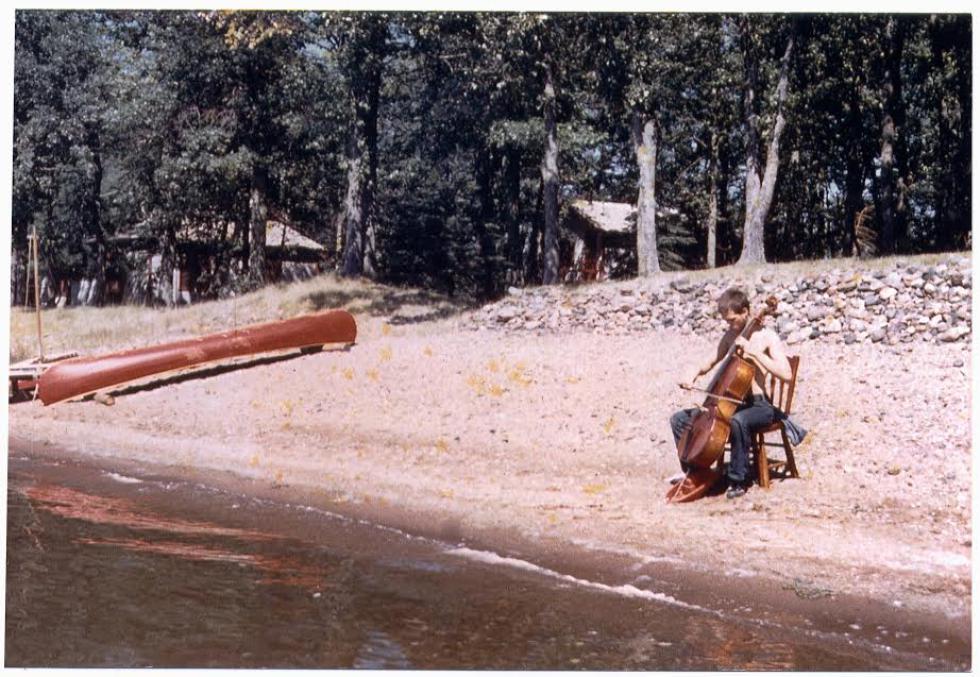If you go online to track down recordings of musician Arthur Russell, you’ll quickly realize that the late composer is a divisive figure. An avant-garde artist whose cello-and-voice works still seem like something from the near future (despite the fact that their maker died in 1992 at age 40 of AIDS-related illnesses), Russell inspires spirited commentary from fans and detractors alike. “How the fook [sic] does anyone even remotely like this shite!” writes one listener after hearing Russell’s ethereal work. “You need alien ears,” another responds. That’s a retort that could be taken two ways, but I like to think it was meant as a compliment.
Fans of music that pushes the limits of what we expect from songwriters would do well to catch Amherst Cinema’s Monday evening screening of Wild Combination: A Portrait of Arthur Russell. Directed by Matt Wolf, whose last film told the story of the illustrator behind children’s book Eloise, this portrait of Russell uses archival footage, along with interviews and recollections, to place him as a ground-breaker who himself lived in ground-breaking times.
Russell’s story begins in Oskaloosa, Iowa, where as a teenager in the 1960s Russell became obsessed with Beat poets and modern composer John Cage. Inspired by a growing counter-culture and at odds with what he perceived as a Midwestern banality, Russell lit out for San Francisco, where he joined a Buddhist commune. There, he met the man who would become his mentor: poet Allen Ginsberg. The two collaborated a bit, but when the commune tried to confiscate Russell’s cello he took off again, this time to follow Ginsberg to New York.
It’s there that Wolf’s film finds its richest vein, as the New York of the ’70s and ’80s provides both backdrop and input of its own. It was in Manhattan that Russell began working with noted composers like Philip Glass, and making entrees into the new music scene. He also discovered the city’s underground discos, which inspired him to create a series of eccentric dance albums under names like Dinosaur L and Loose Joints. But it was also an era when AIDS was beginning its terrible reign, and Russell, like so many young men of the era, fell victim to the mysterious illness.
Wolf joins the crowd for a discussion of his film, which is being presented under the banner of the Hampshire College Creative Media Institute. As an added bonus, tickets to the show are free at the box office for Amherst Cinema members on a first-come, first-served basis.
Also this week: the wonderful Film School in 60 Minutes series returns to Amherst Cinema this week, where it turns its lens on the 1952 Stanley Donen film Singin’ in the Rain. The one-hour program (it begins Saturday at noon) takes a look at how Singin’ in the Rain handled the advent of talkies, with film editor Nina Kleinberg heading up the commentary.
The arrival of talkies meant many established players lost their jobs simply because they didn’t have the voice for film — a point handled with hilarity by Jean Hagen, whose role here as silent star Lina Lamont features a scene with a diction coach that goes spectacularly badly. The theater also hosts a 2:30 p.m. Saturday screening of Singin’ in the Rain for those who want to catch up after class — and for those who simply want to catch a big-screen showing of a classic.•
Jack Brown can be reached at cinemadope@gmail.com




